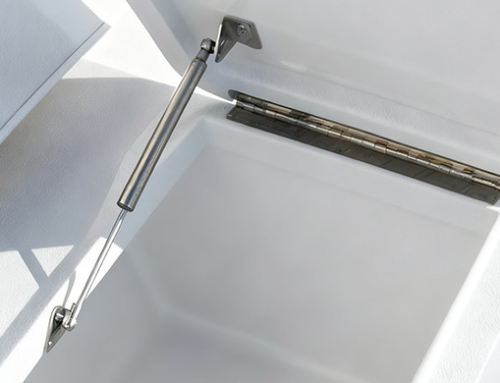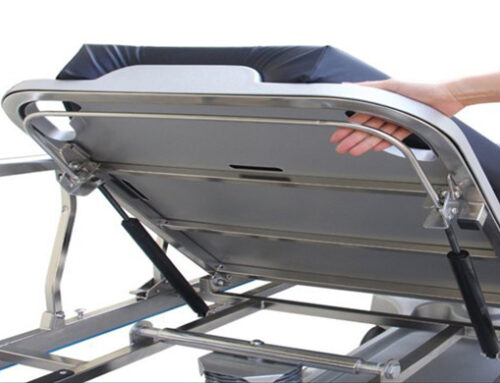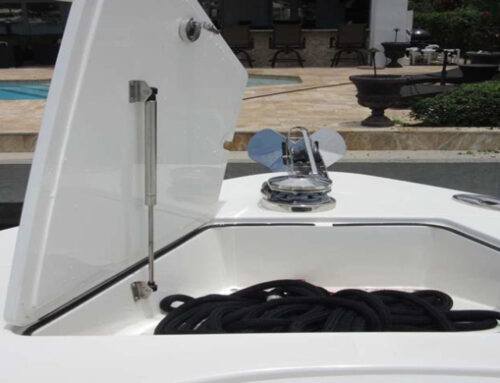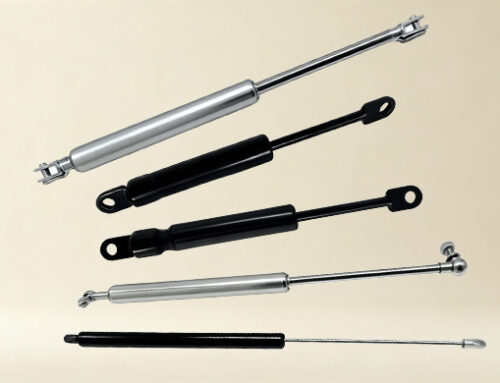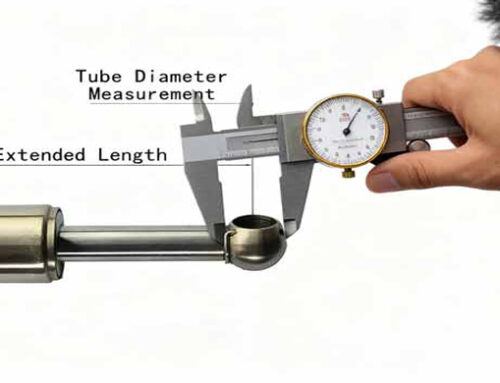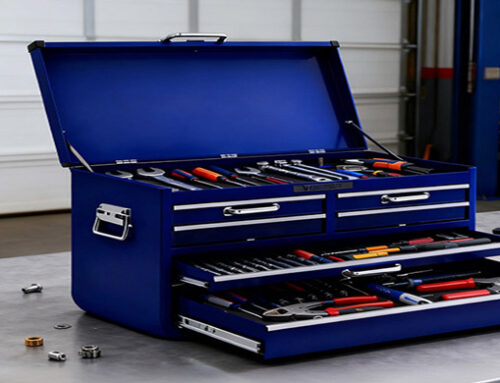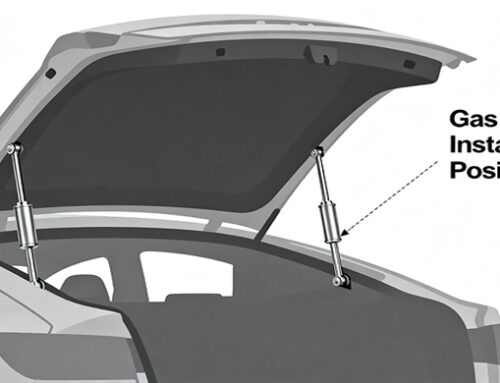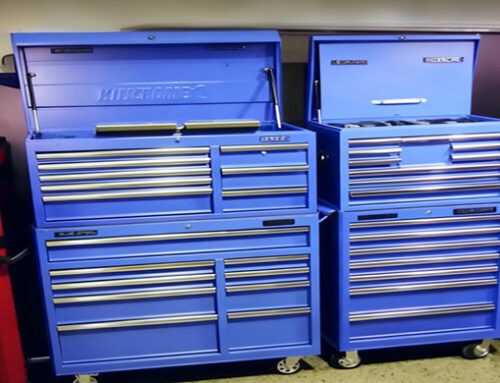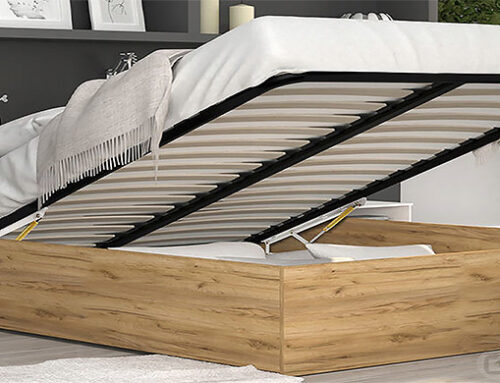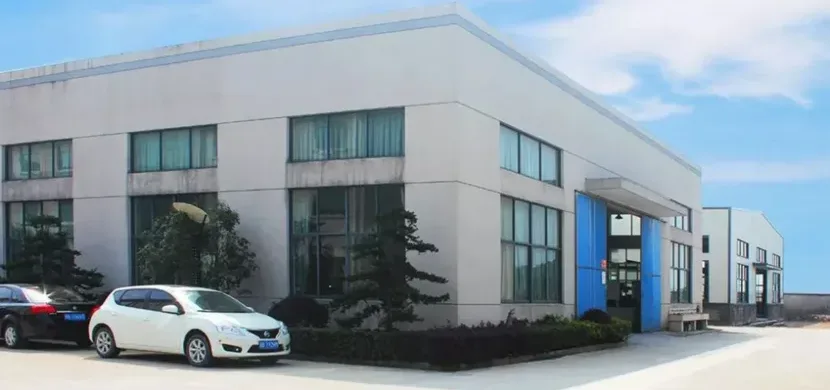- What is a tension gas spring?
- How does a tension gas spring work?
- Tension Gas Springs Specification Sheet
- GASTAC Tension Gas Springs Advantage
- Tension Gas Springs Applications
- The Difference of Extension Springs and Traction Gas Struts
- The Difference Between Tension Gas Springs and Compression Gas Springs
- Tension Gas Springs Buying Guide
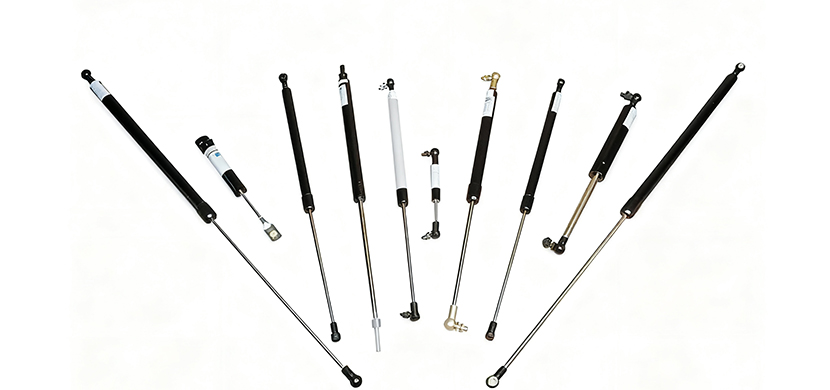
What is a tension gas spring?
Tension gas springs are mechanical device that utilizes compressed gas to create a pulling force. Encased in a sturdy cylinder, it features a piston rod that extends and retracts smoothly. As the gas expands, it generates a controlled tension, providing support and balance in applications like automotive hoods or industrial machinery.
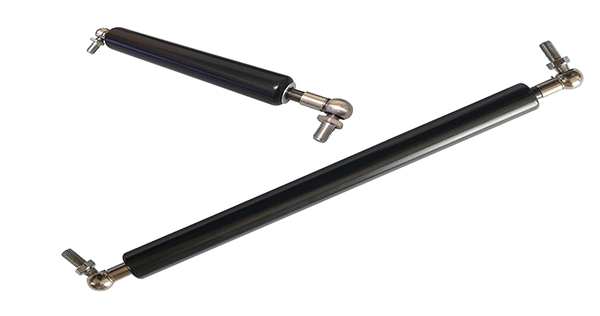
How does a tension gas spring work?
Tension gas springs work in the reverse way to compression springs, meaning that the gas pressure in the cylinder pulls the piston rod inwards.When the attached piston rod retracts, gas pressure builds, pulling the rod inward. As you release it, the gas spring’s internal gas pressure expands, smoothly drawing the rod back, creating a precise pulling force to stabilize movements.
Tension Gas Springs Specification Sheet
GASTAC offers tailored traction gas springs encompassing a diverse range of rod, tube, and material configurations. The subsequent matrix delineates the assorted rod-tube combinations, force properties, and dimensional specifications that can be personalized for extension spring applications.They Can provide balanced support for applications requiring tension or pull and help close and seal doors, hatches, hinges, landing gear, covers and other equipment.
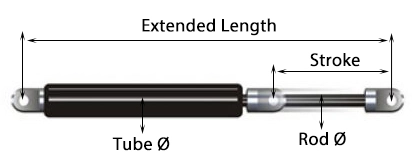
| Item | Rod Ø | Tube Ø | Stroke | Force Range | Extended Length |
| GTC0615 | 6 | 15 | 30-300mm | 100-600N | 2X Stroke + 85 mm |
| GTC0818 | 8 | 18 | 30-400mm | 200-1000N | 2X Stroke + 85 mm |
| GTC1024 | 10 | 24 | 30-500mm | 300-1112N | 2X Stroke + 100mm |
| GTC1428 | 14 | 28 | 50-500mm | 500-3500N | 2X Stroke + 100 mm |
GASTAC Tension Gas Springs Advantage
- The rod undergoes a QPQ process, passing a salt spray test of over 96 hours, ensuring greater environmental friendliness.
- Durability and stability in different environments.
- Custom sizes available to meet your specific requirements.
Tension Gas Springs Applications
- Automotive: Assisting with opening and closing tailgates, hoods, and doors.
- Furniture: Helping to lift and lower adjustable tables, chairs, and beds.
- Industrial Equipment: Controlling access panels, machine guards, and movable parts.
- Aerospace: Managing access panels and equipment hatches.
- Medical Devices: Assisting with adjustable beds and patient lift mechanisms.
Their ability to provide controlled pull force makes them ideal for any application where precise, smooth movement is required.
The Difference of Extension Springs and Traction Gas Struts
- Extension springs and Traction gas struts both assist with movement but differ in design and application.
- Extension Springs are wire springs and stretch to apply force and return to shape when relaxed, used in simple, cost-effective tasks like door closers and trampolines.They often cheaper than traction gas struts.
- Traction Gas Struts use compressed gas in a cylinder to create an adjustable pulling force, suited for complex tasks like closing car hoods or lifting ramps with smooth, controlled movement.
- In essence, extension springs are straightforward and mechanical, while traction gas struts are sophisticated and adjustable.
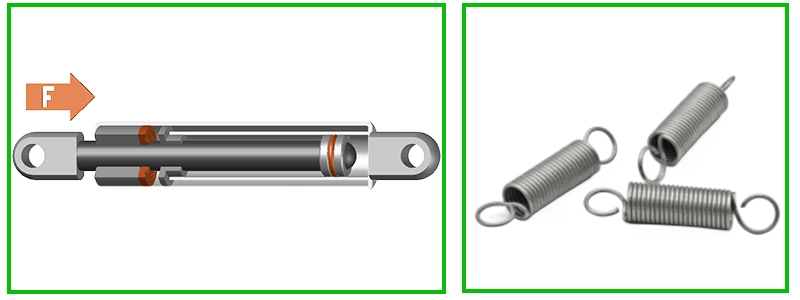
The Difference Between Tension Gas Springs and Compression Gas Springs
- Tension Gas Springs pull inward as the piston rod retracts, creating a contracting or pulling force. They’re used where pulling action is needed, such as in lids or panels that need to stay closed or drawn in.
- Compression Gas Springs push outward as the piston rod extends, providing a pushing or lifting force. Commonly found in automotive hoods, doors, and other applications requiring lifting or support.
While both use compressed gas to control movement, tension springs contract when extended, while compression springs expand to apply force.
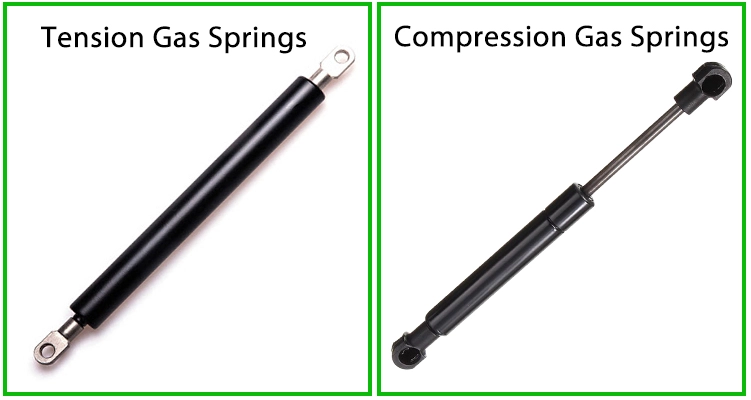
Tension Gas Springs Buying Guide
- Material: Common materials for tension gas springs include steel, stainless steel, and alloy steel. Choose the best material based on application needs and conditions.
- Gas Spring Parameters: Key parameters such as length, tension force, and durability should align with system requirements to ensure optimal performance.
- Brand Reputation: Select reputable manufacturers or suppliers known for quality and reliable after-sales support to ensure both product reliability and service assistance.
张航
Stay in the loop
Subscribe to our free newsletter.
Stay in the loop
